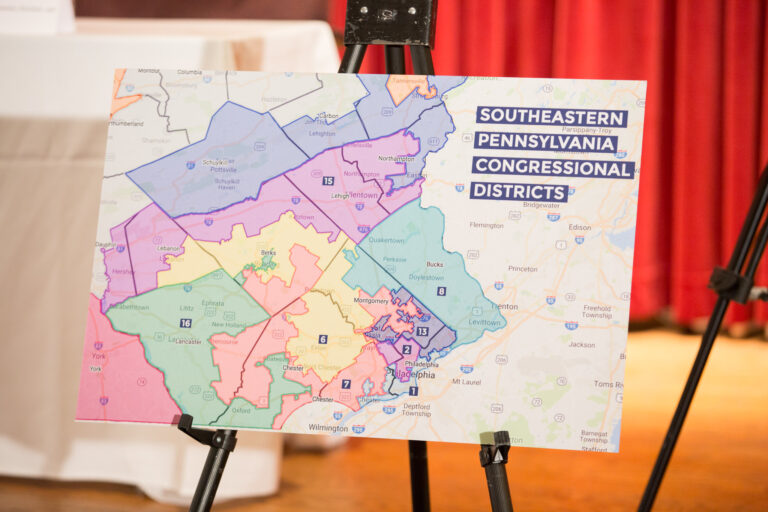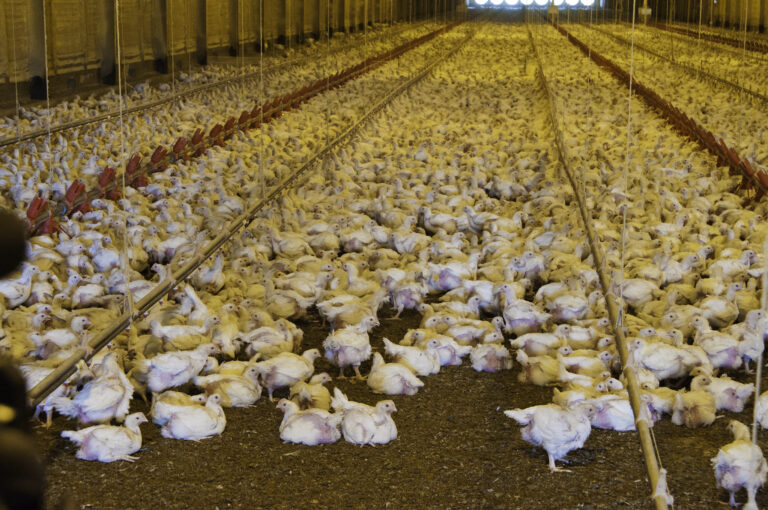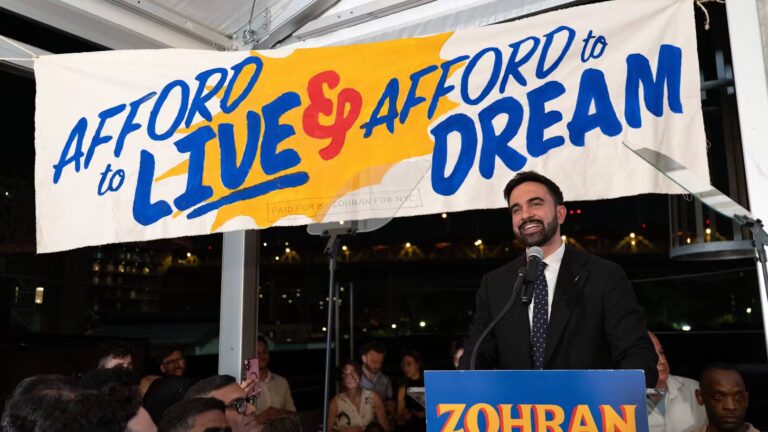This post is part of an ongoing of series on the fast food organizing movement. You can read all our Fast Food News here.
Al Jazeera America reports that the fast food industry could adjust to a $15 per hour federal minimum wage without cutting jobs, according to a new study from the University of Massachusetts-Amherst’s Department of Economics and Political Economy Research Institute. Assuming that the current federal minimum of $7.25 an hour increased over four years to $15 an hour, the study claims that the fast food industry could absorb the wage increase by reducing turnover, maintaining a trend of sales growth and implementing modest annual price increases. In doing this, fast food companies would not have to lower their average profit rate based on the increased productivity of workers.
McDonald’s sales continue to tumble, with the Wall Street Journal reporting that the company experienced a 21% drop in fourth-quarter earnings. Overall, customer traffic fell 3.6% globally in 2014, including a 4.1% drop in the U.S. McDonald’s claims that the drop is attributable to its broad, complicated menu leading to slow service, and that it has lost touch with younger consumers broadly. To combat this, the company is directing more money towards new customized ordering kiosks that are intended to engage young people and keeping prices stagnant. Additionally, the company is also selling more restaurants to franchisees as a way to reduce its exposure to commodity costs and other risks, a strategy that has not changed in light of the NLRB’s recent joint employer decision.
According to The Oregonian, a minimum wage increase in Oregon could actually lead to a loss in net income for many low wage workers. A new report by Oregon’s nonpartisan Legislative Revenue Office shows that the state’s plan to increase the minimum wage to somewhere between $12.20 and $15 an hour could lead to individuals losing their government benefits. For example, a single parent with two children, a raise to $11.10 would yield a net monthly income loss of $12; to $12.10, a net monthly loss of $4; and to $13.10, a net monthly loss of $30. Raising the minimum all the way to $15.10 would give this single parent a net income gain, but only of $49 per month. This so-called “benefits cliff” is making it difficult for the state to reconcile its desire to raise wages while preserving overall net income, which has led to certain elected officials who favor increased wages to call for changes to the benefit structure in order to avoid the cliff altogether.






Daily News & Commentary
Start your day with our roundup of the latest labor developments. See all
December 15
Advocating a private right of action for the NLRA, 11th Circuit criticizes McDonnell Douglas, Congress considers amending WARN Act.
December 12
OH vetoes bill weakening child labor protections; UT repeals public-sector bargaining ban; SCOTUS takes up case on post-arbitration award jurisdiction
December 11
House forces a vote on the “Protect America’s Workforce Act;” arguments on Trump’s executive order nullifying collective bargaining rights; and Penn State file a petition to form a union.
December 8
Private payrolls fall; NYC Council overrides mayoral veto on pay data; workers sue Starbucks.
December 7
Philadelphia transit workers indicate that a strike is imminent; a federal judge temporarily blocks State Department layoffs; and Virginia lawmakers consider legislation to repeal the state’s “right to work” law.
December 5
Netflix set to acquire Warner Bros., Gen Z men are the most pro-union generation in history, and lawmakers introduce the “No Robot Bosses Act.”